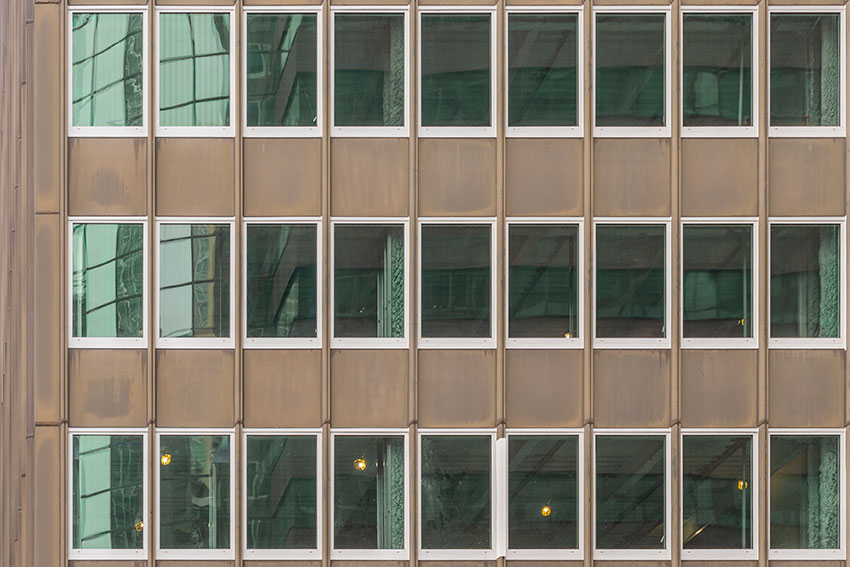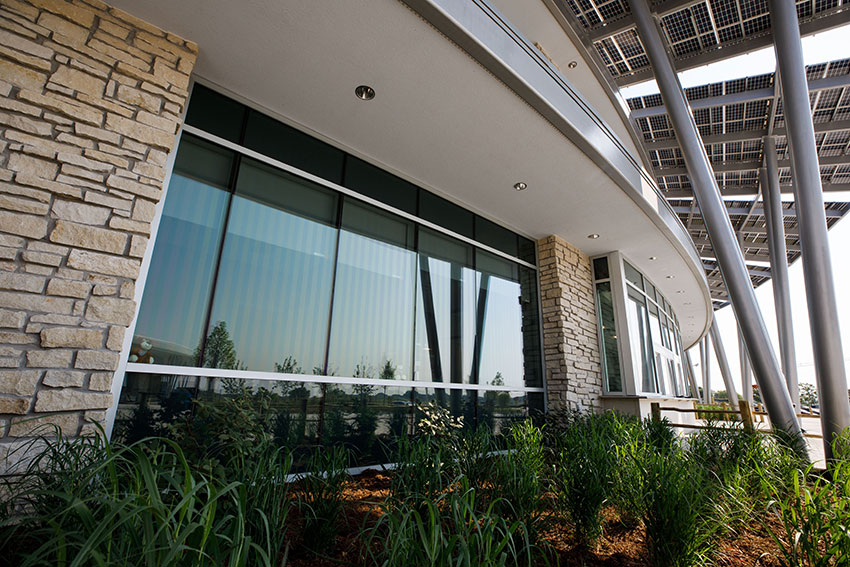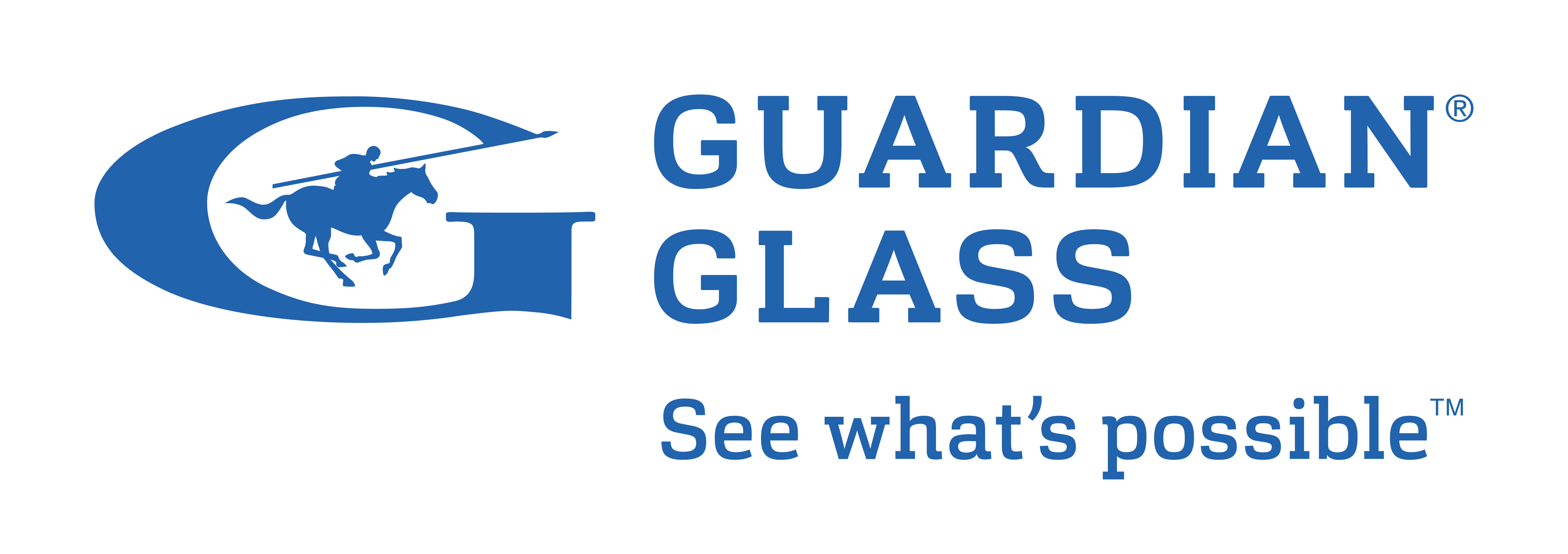Bird-Friendly Design
 1 AIA LU/HSW; 1 IDCEC CEU/HSW; 0.1 ICC CEU; 0.1 IACET CEU*; 1 AIBD P-CE; AAA 1 Structured Learning Hour; This course can be self-reported to the AANB, as per their CE Guidelines; AAPEI 1 Structured Learning Hour; This course can be self-reported to the AIBC, as per their CE Guidelines.; MAA 1 Structured Learning Hour; This course can be self-reported to the NLAA.; This course can be self-reported to the NSAA; NWTAA 1 Structured Learning Hour; OAA 1 Learning Hour; SAA 1 Hour of Core Learning
1 AIA LU/HSW; 1 IDCEC CEU/HSW; 0.1 ICC CEU; 0.1 IACET CEU*; 1 AIBD P-CE; AAA 1 Structured Learning Hour; This course can be self-reported to the AANB, as per their CE Guidelines; AAPEI 1 Structured Learning Hour; This course can be self-reported to the AIBC, as per their CE Guidelines.; MAA 1 Structured Learning Hour; This course can be self-reported to the NLAA.; This course can be self-reported to the NSAA; NWTAA 1 Structured Learning Hour; OAA 1 Learning Hour; SAA 1 Hour of Core Learning
Learning Objectives:
- Identify the four common reasons that birds collide with glass, from both the perspectives of bird behavior and building design, and how these collisions can impact the occupant experience.
- Explain bird-friendly product testing methods, their scoring rubrics, and how a bird-safe building can positively impact occupant behavior.
- Describe how clear access to natural lighting can improve occupant health, welfare, and connection with nature.
- Discuss the different types of bird-friendly glass products, installation methods, and uses.
- Recognize bird-friendly design elements that utilize a building’s shape, location, orientation, and landscaping.
This course is part of the Glass in Architecture Academy
When we think about building designs that are both energy efficient and enhance comfort and control of the occupants, our minds may automatically jump to large, foundational concepts like renewable energy and building material transparency and certifications. But in addition to creating spaces that are made with these foundational concepts in mind, architects should take into consideration how their buildings impact the flora and fauna in the direct vicinity. One of the biggest considerations in this realm of modern building design is bird collision prevention.

Photo courtesy of Guardian Glass; Whitney Starbuck Boykin
Windows and glass are a vital aspect of design that not only provide natural light, but also situate the building within—and as part of—the surrounding landscape. Bird-friendly glass products, such as the UV-coated, low-E glass on 160 Water Street in New York City, allow architects and designers to freely integrate glass into their work while reducing bird collisions.
A DEVASTATING ISSUE FOR BIRD POPULATIONS
According to the National Audubon Society, more than half of all bird species in the U.S. suffered from population decline in 2022, with 67 species showing a steep slide of 50% population loss or more in the past 50 years. While loss of habitat and domestic cat predation are the two biggest causes of shrinking bird populations around the world, the third leading cause is bird strikes.
As pointed out by Daniel Klem, Jr., Sarkis Acopian professor of ornithology and conservation biology at Muhlenburg College in Allentown, Pennsylvania, collisions may happen to birds of both sexes and of all ages, regardless of season, location, time of day, and weather condition. They also involve windows of most every size, height, and orientation, in buildings everywhere, from the most urban to the most rural location. This issue is not unique to the U.S. In fact, the overall bird population in all of North America has declined by nearly 30% in the past 50 years, and 90% of that decline happened with those bird species most impacted by glass collisions.
Why Birds Matter
First and foremost, birds are a vital part of our ecosystem. They are a link in the food chain, cycle nutrients, and even contribute to soil formation. They also help maintain a balanced ecosystem, which includes scavenging carcasses and waste, controlling populations of invertebrate and vertebrate pests, pollinating plants, and dispersing seeds. Aside from their enormous role in nature, they also significantly affect the economy. Bird watching is a multi-billion-dollar industry, with related tourism boosting local economies all over the world. They are also a prominent cultural fixture, with their images and symbolism widely used in art and religion.
One compelling specific example of avian ecosystem services is how a few passerine species of birds, like the northern parula and yellow warbler, migrate to shade-grown coffee plantations in Costa Rica for the winter. They eat beetles that attack coffee beans, improving crop yield and reducing the use of pesticides on the crops. Both yellow warblers and northern parulas are common collision victims, which means that the health of these two species may have some impact on the cost and quality of coffee.
Bird Collisions and Occupant Health
Bird-friendly design doesn’t just benefit bird populations and the environment—far from it. Bird collisions also greatly influence the health and well-being of building occupants. Witnessing a bird collision is a shocking interruption to any activity taking place in a building, greatly reducing any calm, peaceful, or positive feelings evoked from an occupant’s aesthetic surroundings. In addition, the aftermath of collision fatalities can compromise a building’s landscape and further diminish the occupant experience.

Photo courtesy of Guardian Glass; Gavin Peters Photography
The key to bird-friendly glass products is creating contrasts that allow birds to understand that a dangerous barrier is approaching. Contrasting lines and dots, spaced two inches apart, can be achieved via fritting, etching, or UV patterned coating. Here, we see the new Sedgwick County Zoo entrance complex in Wichita, Kansas, where UV and low-E coated glass creates a light-filled environment while reducing bird collisions with a low-visibility solution that’s also energy efficient.
In some cases, occupants or potential occupants will even speak out or protest against structures that cause a large number of bird fatalities. This was the case in 2014, when public outcry caused the Minnesota Vikings to reevaluate their stadium, which was causing birds to collide with the highly reflective structure, impacting entire migratory flocks. Since the protests, the stadium has invested in an in-depth study to determine how to reduce collisions. The 2019 study concluded the need for mitigation strategies using films and visual markers to help birds see the stadium. It recommended prioritizing glass treatments where trees and other vegetation are reflected. In addition, it recommended monitoring weather and reducing lighting at night during key bird migration periods. It's worth noting that the local community had requested bird-friendly glass even before the stadium was built. It would have been much less expensive and better for PR for the developers to invest in bird-friendly glass from the beginning, as soon as the community requested it. Bird-friendly glass allows architects to preserve the benefits of integrating natural and outside elements into their designs, benefiting the occupant without sacrificing their architectural vision.
Helping Solve the Problem of Bird-Glass Collisions
While we are still learning how to reduce bird-glass impacts, the number and effectiveness of bird-friendly glass products and design elements have grown exponentially in recent years, giving designers more freedom and more opportunity to create spaces that match their wishes and requirements while protecting avian wildlife.
Treatment methods available on the market today for new constructions include fritted glass, etched glass, patterned specular coated glass (a subset of which is patterned UV coatings) and patterned reflective interlayers. All of these technologies use visual contrast to make the glass more visible to birds, though each have their advantages and disadvantages regarding aesthetics and cost.
These solutions come at a time when ever-increasing bird-friendly legislation, on federal, state, and municipal levels, requires builders to take bird safety into consideration on many of their projects so that they can meet specific standards.
The Evolution of Bird-Friendly Design
High numbers of bird collisions are a modern problem that does not reach back as far as the invention of glass. Bird strikes are an issue of image formation─when the animals can make out a scene that they want to go towards in the glass, whether that’s transmitted or reflected. It wasn’t until the 1950s, when very flat and large pieces of glass started getting used at scale, that bird deaths increased to the point that populations were affected. Before then, both the distortions in the glass (because windows were made from blown glass), as well as the smaller framed pieces, added a significant degree of safety by limiting image formation.
The Fatal Light Awareness Program (FLAP) was formed in 1993 to reduce nocturnal migratory birth deaths via education and policy about the dangers of lighted interiors at night. Since then, scientific research and advancements in bird-safe products have given us many more options to reduce collisions beyond simply turning off the lights to mitigate nighttime collisions.
As architects and designers, it is critical for us to understand how and why bird-window collisions happen and to have a working knowledge of the latest research and technology to reduce these unfortunate events. Further knowledge of the products currently available to builders makes it possible to meet legal standards, protect the environment, and create spaces that bolster and preserve occupant health.
When considering a building’s overall environmental impact, bird collisions shouldn’t be overlooked, and we should not underestimate the emotional disruptions caused to occupants who witness collisions. New and available bird-friendly glass products make it possible to create designs that stay true to architects’ visions and that take advantage of the natural world while reducing bird injury and loss.
HOW BIRD COLLISIONS HAPPEN
To understand and develop the best bird-friendly glazing, glass products, and designs, we must first understand how and why bird collisions happen. Specifically, there are four main causes of bird collisions: reflection, transmission, lighting and design.
Reflection
In design, reflection allows architects to extend or blend a structure in with its natural surroundings in an aesthetically pleasing way—a skyscraper may reflect the surrounding sky, while lower buildings may reflect surrounding trees and landscaping. At the same time, reflection can increase energy efficiency.
Reflection—image creation—is a risk to birds, who process reflection as a natural extension of their environment. Birds cannot differentiate between a reflection in mirrored glass or highly reflective glass and its natural surroundings and may mistake the reflection of the sky or trees for the real thing. Some birds will learn from painful experience that certain areas are "force fields" that should be avoided, however the mistake is often fatal. Even glass with low reflectivity creates image formation, which, in turn, can attract birds seeking desirable environments to fly into the glass. Reflection is inherent in pretty much all construction glass, and once image creation is achieved, the risk is present. Even a single monolithic piece of glass with no coating has enough reflection to risk bird collision.
Transmission
Transmission, a clear and direct line of sight through a window, can be just as dangerous as reflection. In reflection, the glass acts as a mirror reflecting nature; in transmission, the glass acts as a completely invisible barrier. Like reflection, transmission is often used by designers and architects to increase connectivity between the indoor and outdoor worlds, allowing occupants to feel an interaction with nature and the landscape around them. But this blending of interiors and exteriors can cause optical illusions for birds that result in bird-glass strikes.
Transmission occurs when a viewer can see clearly through glass without obstruction. It is especially confusing for birds when they have a direct line of sight through one window and out another (an occurrence common in corner offices and glass walkways) or when the interior design of a building includes natural elements like potted plants and trees. As with the other leading causes of bird strikes, transmission can become a larger issue when paired with other design and lighting choices.
Lighting
When the issue of bird collisions first became apparent in the past century, lighting was seen as both the leading cause of the issue as well as the best solution to the issue. While both interior and exterior lighting is used extensively by designers to express or accentuate design elements and create aesthetic spaces, lighting choices can significantly affect a building’s propensity to bird collisions.
Exterior lighting can confuse birds while interior lighting can attract birds. Some bird species migrate by night to avoid predators and keep cool. They use the light of the sunrise to know when to stop and feed. Urban lighting, especially upward lighting and lit atriums, can create the same lighting cues for birds, causing them to get lost in cities where there is little food and no natural habitat.










